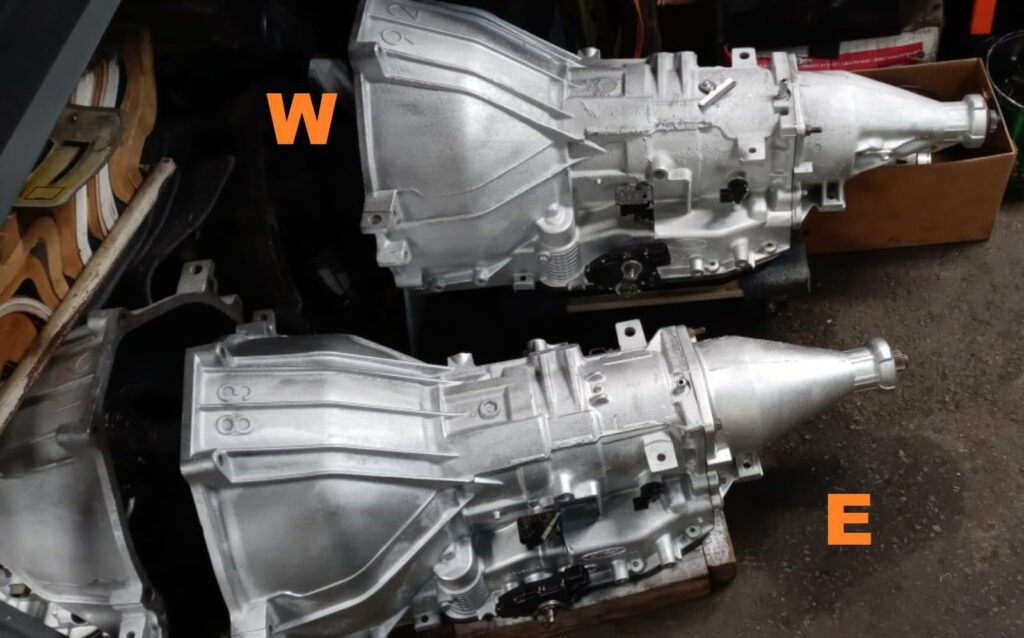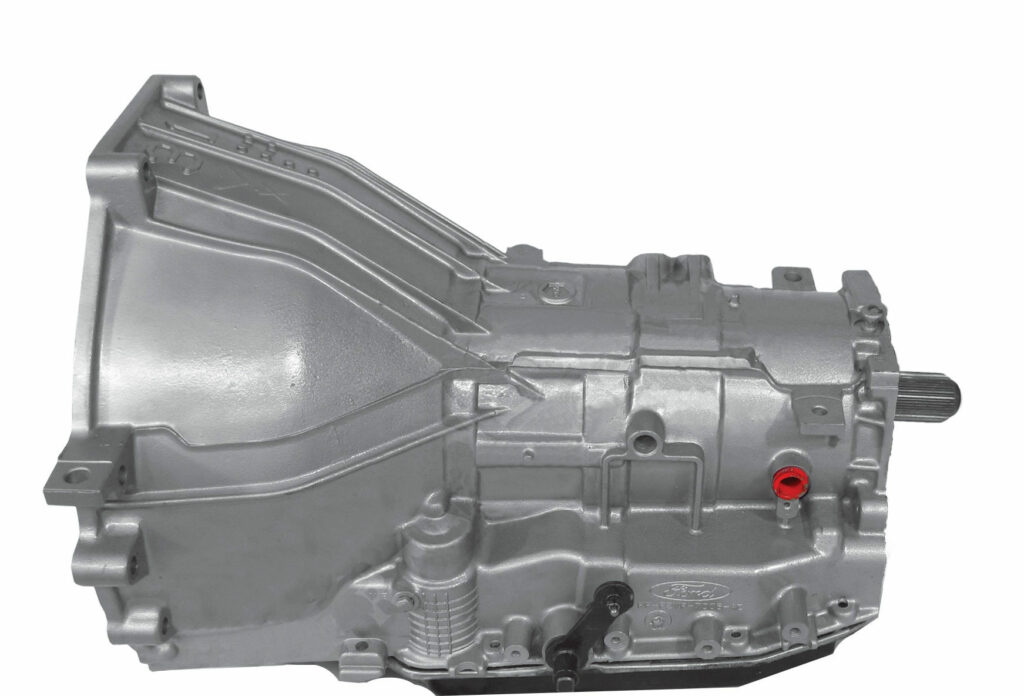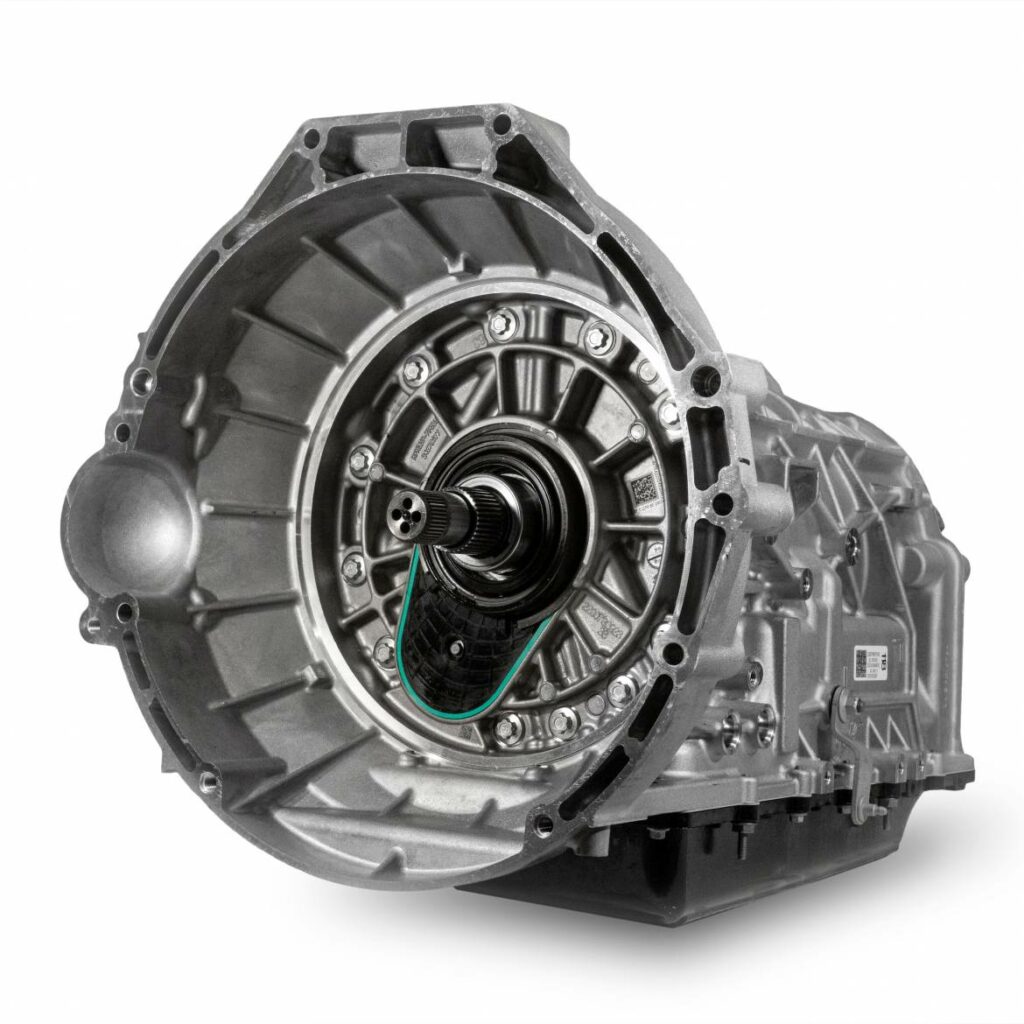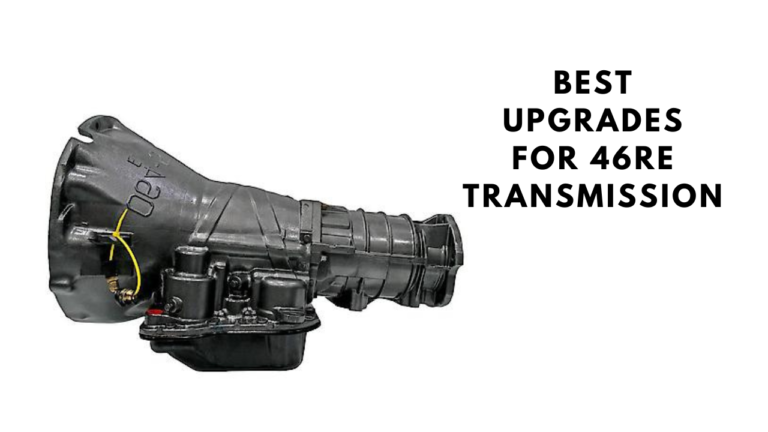Complete List of Ford F-150 Transmissions
The F-150 is a part of the Ford F-series of light-duty pickup trucks. It is a highly-capable vehicle designed for material transportation and towing.
The F-150 transmission had to evolve over the decades to increase vehicle capabilities and efficiency. Several Ford F-150 transmissions have resulted over the years, each one better and more capable than the previous one.
Here’s a complete list of all the Ford F-150 transmissions.

Ford F-150 Transmissions
4R70W (1993-2003)
Ford introduced the 4R70W transmission in 1993 as a successor to the AOD-E. The AOD-E, which stands for Electronic Automatic Overdrive, was an electronically controlled transmission based on the mechanical AOD.
Characteristics
The improved 4R70W transmission has four forward speeds, a rear-wheel drive, 520 lb-ft of torque, and a wider gear ratio.
The gear ratios of this transmission are:
- First gear: 2.84:1
- Second gear: 1.55:1
- Third gear: 1.00:1
- Fourth gear (Overdrive): 0.70:1
- Reverse gear: 2.32:1
The 4R70W is a revised version of the AOD-E. The first, second, and reverse gears have increased gear ratio values. This improvement results in more power, acceleration, and lower fuel consumption.
While the cases and the valve bodies of the AOD-E and the 4R70W are different, the gears are the same, and they are interchangeable.
Ford used this transmission in their F-150 truck models from 1993 to 2003.
4R75W & 4R75E (2003-2008)
The 4R75W came as a successor to the 4R70W. Ford introduced this transmission in 2003, with several improvements, like increased torque and power output and better fuel efficiency.
Characteristics
The gear ratios of the 4R75W/E transmission are almost identical to the 4R70W. The only difference is the reduced gear ratio in the reverse gear, which dropped to 2.23:1.
The main difference between the 4R75W and 4R75E is that the “E” models have a more sophisticated shift schedule. We’ve learned that the reason for this is the improved synchronization between the transmission sensors and the engine’s PCM unit.
The 4R75W/E was also “Filled for life,” which, according to Ford, means that this transmission didn’t require routine servicing except for frequent fluid level checks.
The most significant improvement of the 4R75W/E over the previous generation was the increased torque and power output by about 30 lb-ft.
Ford manufactured its F-150 truck models with this transmission from 2003 to 2008.

6R80 (2009-2017)
In 2009, Ford introduced the first six-speed automatic transmission in their F-150 pickup truck lineup. Because of the increased number of gears, the transmission could output even more significant amounts of torque and power.
Characteristics
Besides increasing the number of gears, we were surprised to learn that Ford also implemented the torque converter lockup capability in this transmission and a “haul” mode for improved engine braking.
The 2011 model of this transmission came with more improvements in fuel economy and smoother shifting. This is because of the addition of a 1-way clutch.
The gear ratios of the 6R80 transmission are:
- First gear: 4.17:1
- Second gear: 2.34:1
- Third gear: 1.52:1
- Fourth gear: 1.14:1
- Fifth gear: 0.87:1
- Sixth gear: 0.69:1
- Reverse gear: 3.40:1
By increasing the gears and improving the gear ratios, Ford has managed to manufacture a transmission able to output up to 560 ft-lb of torque.
The 6R80 transmission was available in Ford F-150 pickup trucks from 2009 to 2017.
10R80 (2017 – present)
The 10R80 is today’s standard transmission on all Ford F-150 pickup trucks. It is one of the best Ford transmissions resulting from a joint venture between the Ford Motor Company and General Motors.
Characteristics
The 10R80 and the previous transmission generations occupy the same space when compared physically.
How did Ford manage this while at the same time increasing the number of gears?
They implemented a unique triple-clutch system on a dedicated intermediate shaft, which replaces the two ordinary clutches. This way, this 10-speed transmission occupies the same space as previous ones.
The increased number of gears provides the smoother shifting, maximized engine power, and improved acceleration. The greater number of gears also enhances fuel efficiency by making the vehicle go faster at lower engine RPMs.
If you prefer more technical information, we’ve learned that the 10R80 has three overdrive gears, improved gear ratios, and an instrument cluster. It also has an adaptive learning cycle to adjust the shifting order automatically and improve acceleration and fuel efficiency.
These improvements also result in the transmission’s ability to output around 560 ft-lb of torque.







